When AMD released the first AM4-socketed CPUs in 2017, they were very clear about exactly how long they intended to support the socket. A promise to support the AM4 platform until 2020 was quite admirable, but nobody expected them to keep it alive all the way till the present day, with new AM4 CPUs being released as recently as this month.
There aren't any new flagship releases planned for the platform, though, and while Zen 4 CPUs are still very capable, there's a decent chance you're beginning to see one or more of these signs that it might be time to jump to a new platform.
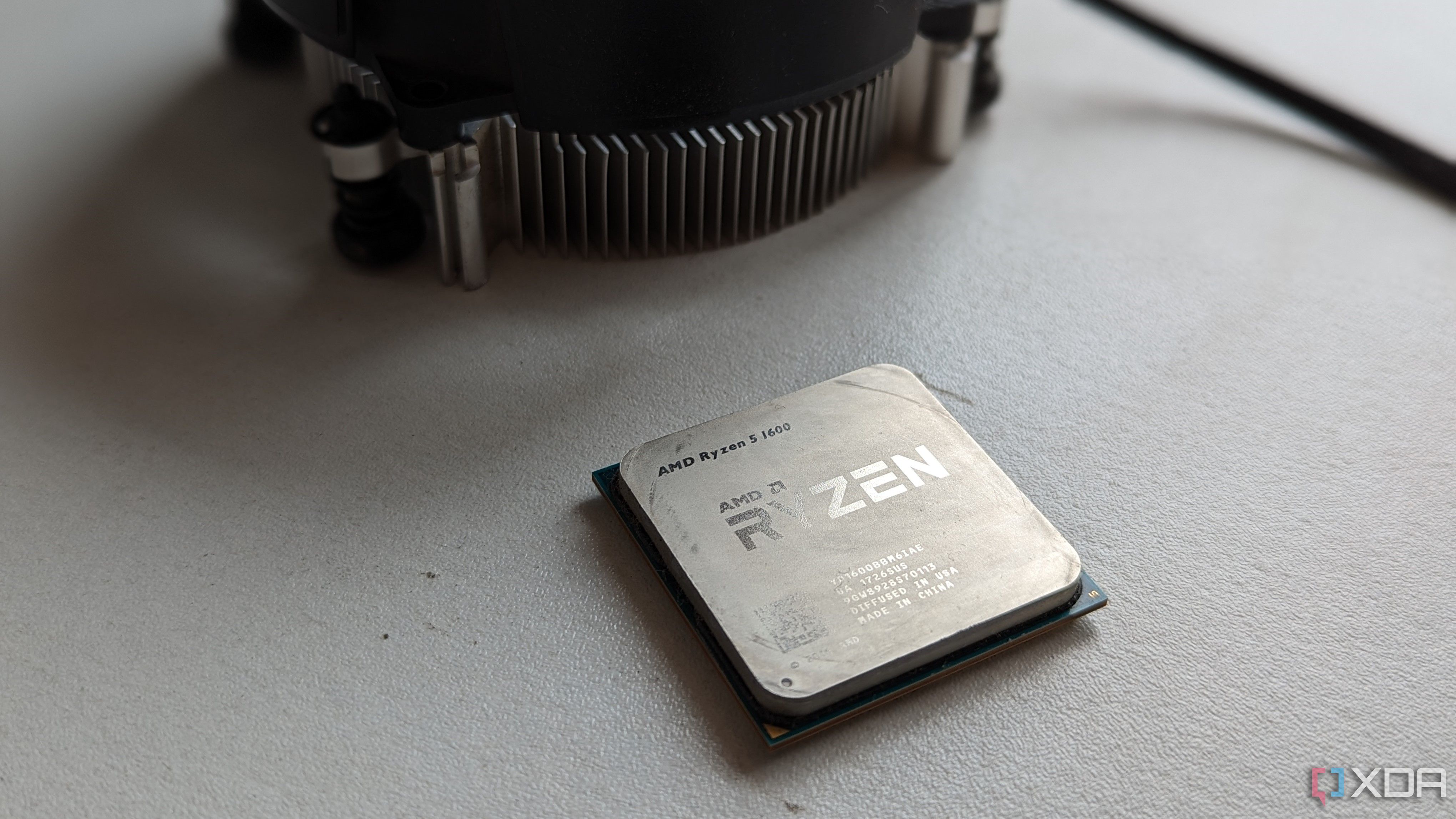
Related
4 reasons AM4 won't die for a long time
While some may say that AM4 is dead, AMD and others say it still has plenty of life left
4 Your GPU isn't being fully utilized
Especially you're planning on upgrading that, too
Having a system on a last-gen platform could mean that you're not getting the most out of your hardware, specifically your GPU. Under gaming workloads, you're unlikely to ever see your CPU hit hard, unless you're playing a simulation title or something that requires a lot of raw calculations. Looking at usage percentages could be a little bit deceiving on the CPU side of things, but if you notice your GPU isn't being fully utilized, that's a good sign that your CPU is falling a little behind.
This is especially pertinent if you're playing at 1080p in the newest AAA titles. You could be seeing a heavier load being placed on the CPU as you go down in resolution.
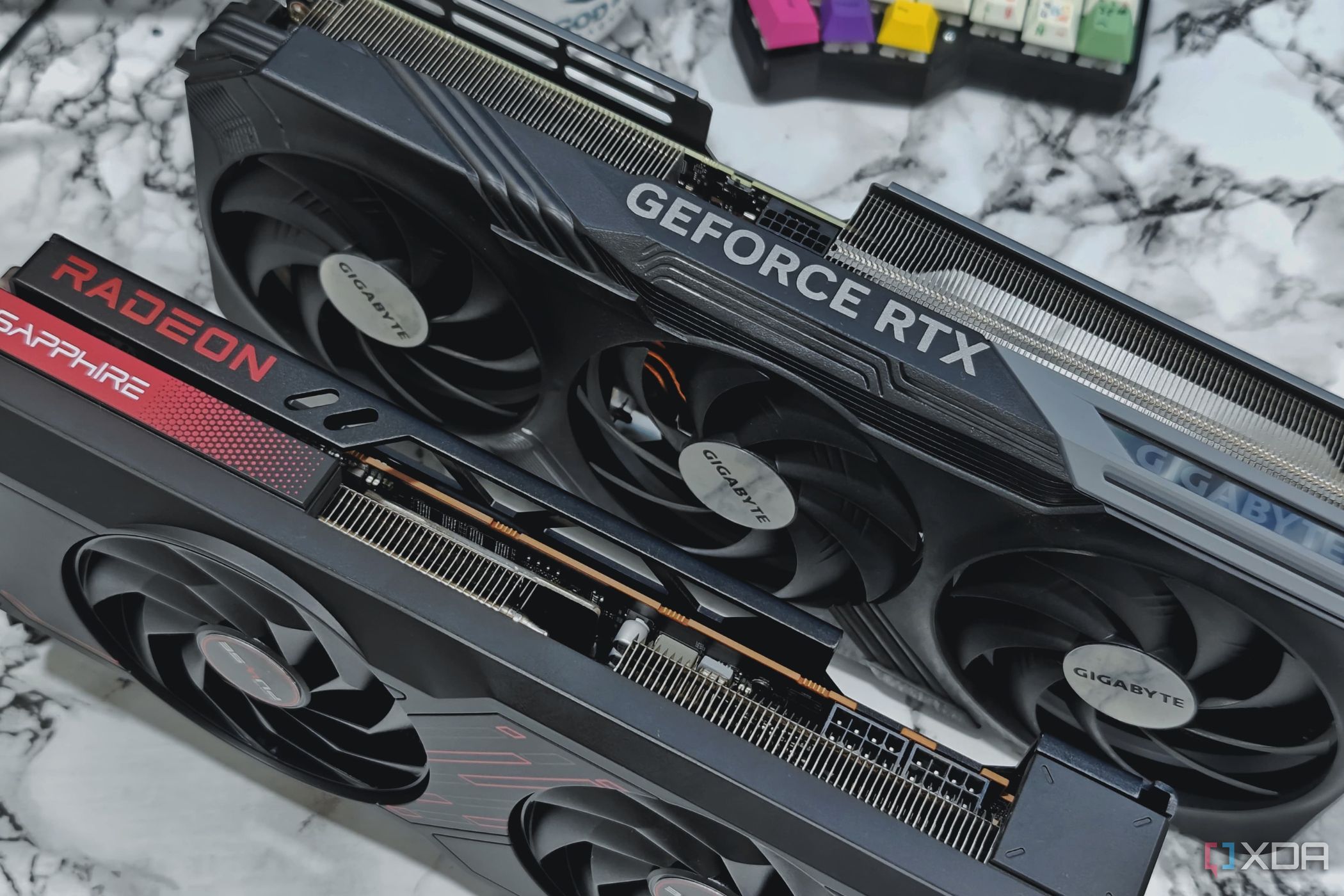
Related
How to match your CPU and GPU
A badly matched CPU and GPU can severely affect your PC's performance, which needs to be avoided at all costs.
3 You're already on the best AM4 CPU
It doesn't get any better from here, unfortunately
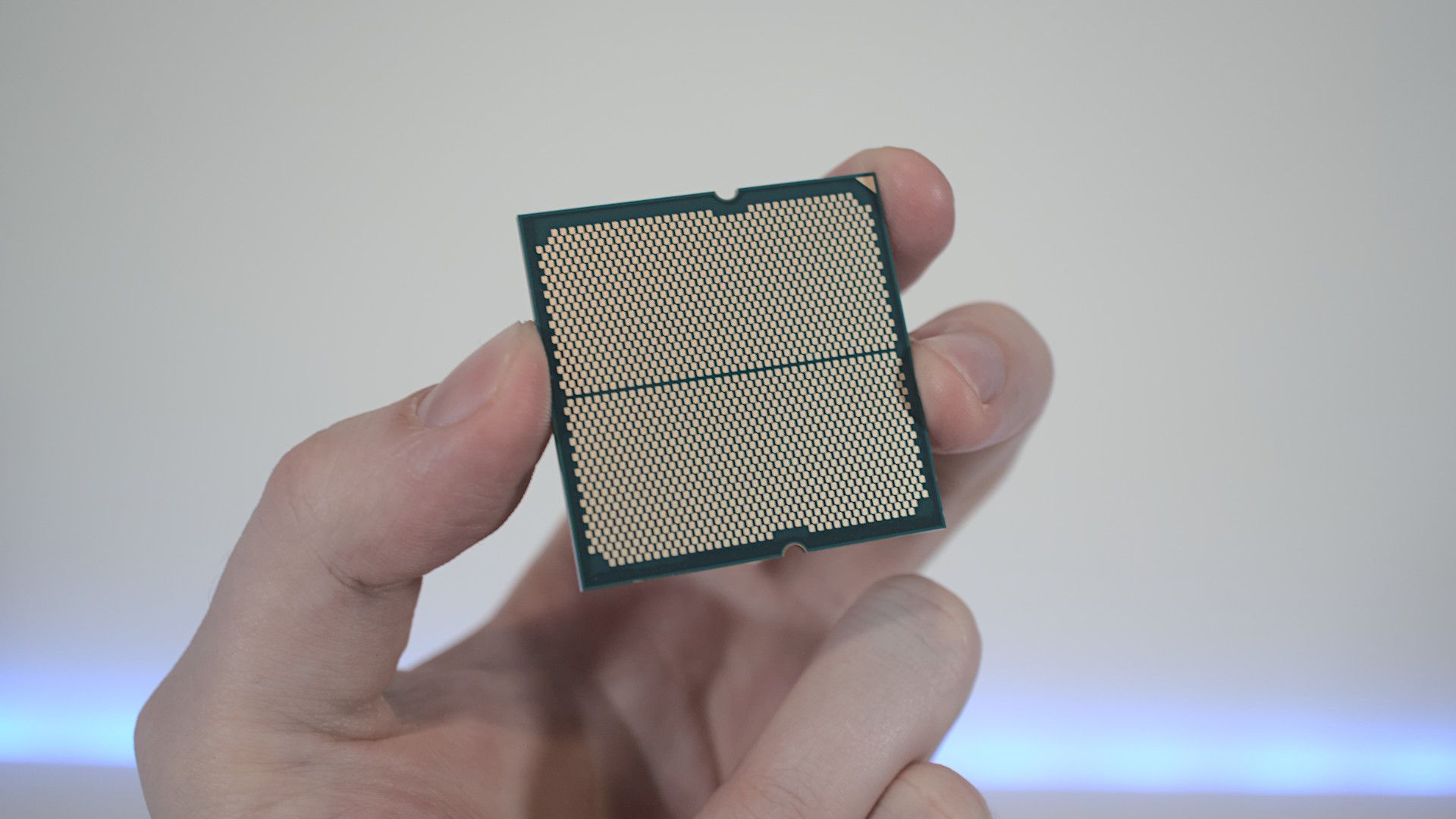
Source: XDA-Developers
While AM4 is still getting CPU releases, they aren't flagship ones. The latest AM4 CPU, released in early June, was the Ryzen 5 5500X3D, which is intended to be a budget-friendly gaming option for those who want 3D V-Cache, exclusive to the Latin American market for now. AM4 is pretty long in the tooth at this point, and isn't going to be seeing any kind of increase in performance over the already great 5800X3D.
If you're on the 5800X3D, and you enjoy the performance you currently get out of it, then there's no reason to upgrade—simple as that. Upgrading to a 7800X3D, while a significant jump in performance, isn't really worth the cost, but the 9800X3D (or even the SKUs above it) could absolutely be worth an upgrade from AM4. Take a look at some performance figures and decide if it's worth it for you.
If an X3D CPU doesn't suit your needs, chances are that the other bells and whistles that come with an AM5 CPU will matter to you anyway. If upgrade path matters to you, buying Intel isn't a serious consideration at this time, considering their recent announcement of yet another new socket for their next architecture.
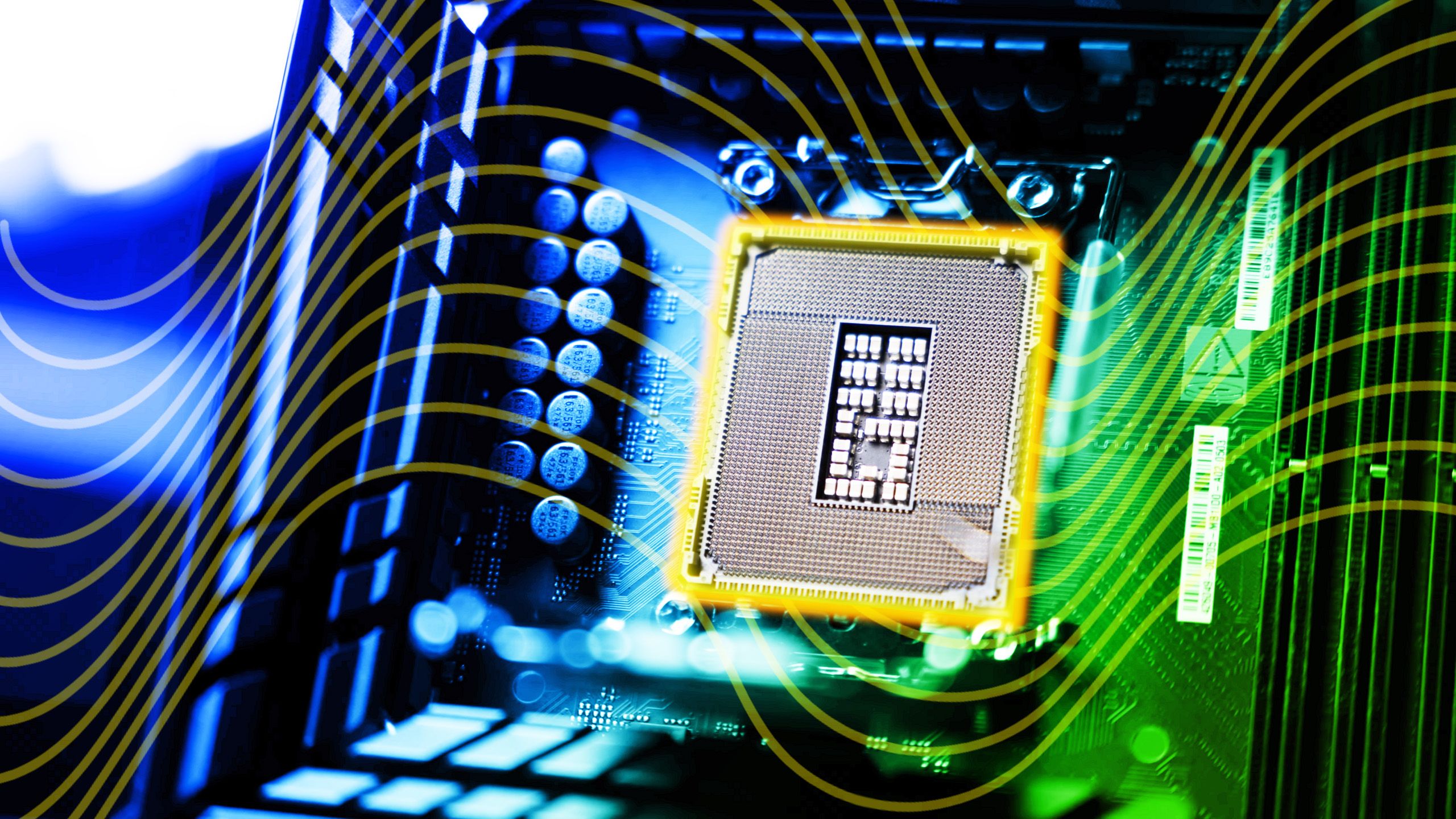
Related
Unlike AMD, why doesn't Intel stick with the same motherboard socket?
If AMD can make the most out of one socket, why don't Intel do the same?
2 You just bought a GPU with less than 10GB of VRAM
Being limited to PCIe 3.0 has an effect on performance
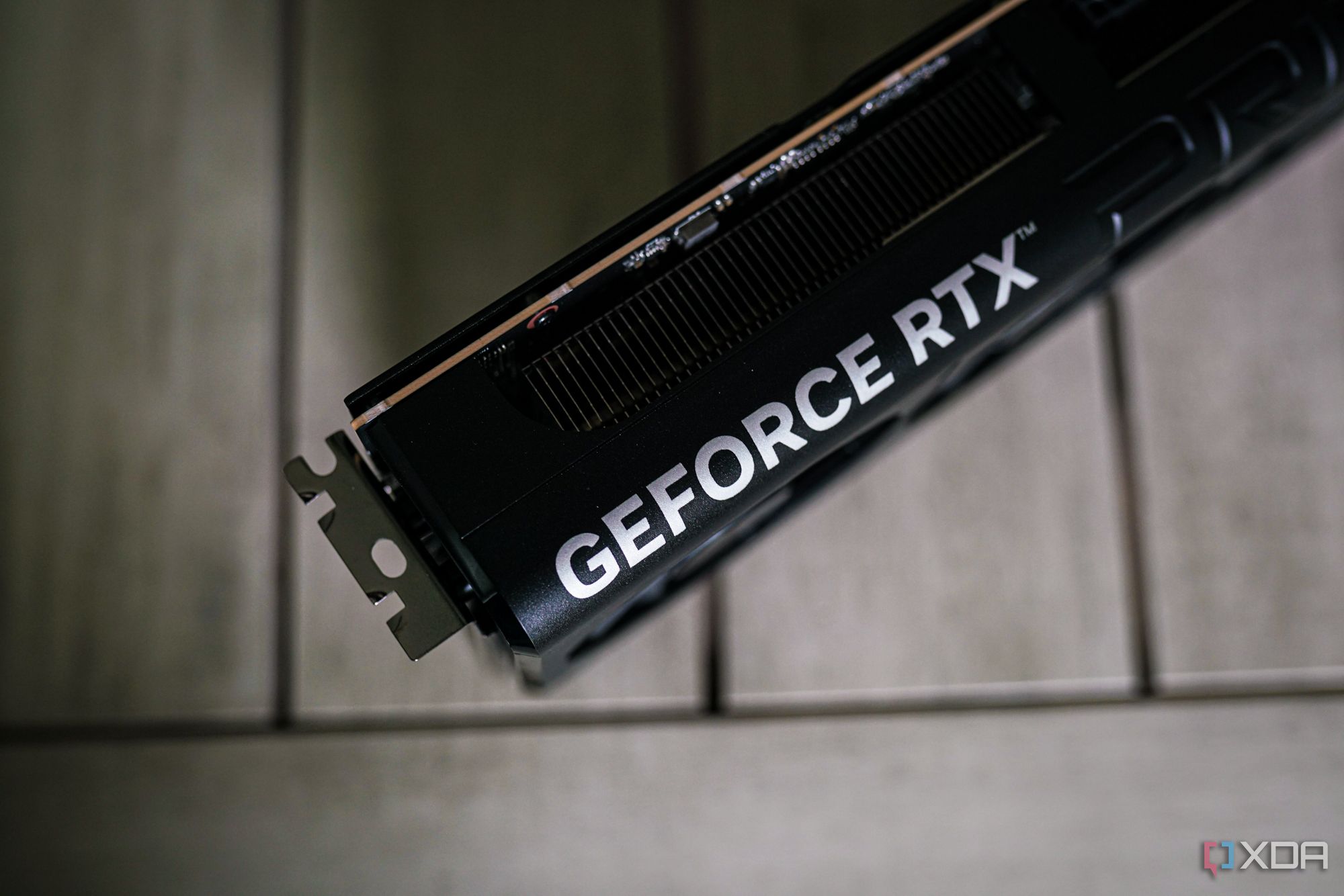
One overlooked consequence of being on an older platform is being constrained to an older PCIe version. The latest AM4 motherboards do support PCIe 4.0, but most users that built their machines pre-Zen 4 will likely still be on an older, PCIe 3.0 board.
The reason why this matters is if you have a card with a relatively low amount of VRAM. Anything under 10GB is going to be affected by this in some demanding gaming workloads. The lower bandwidth of PCIe 3.0 means less data can be transferred between your GPU and the rest of your computer. Once your frame buffer fills up (which happens quickly on 8GB cards), the lower bandwidth chokes your card's performance in a pretty significant way, reducing overall FPS.
PCIe 4.0 and 5.0 allow for significantly more data to be transferred over the bus, which means that running out of VRAM isn't a total death sentence for your experience. Obviously, the ideal fix is to have a card with more VRAM, but if you just purchased a new card that's limited in memory, the PCIe version of your motherboard is a key consideration to make, and most AM4 boards can't even utilize 4.0, let alone 5.0.
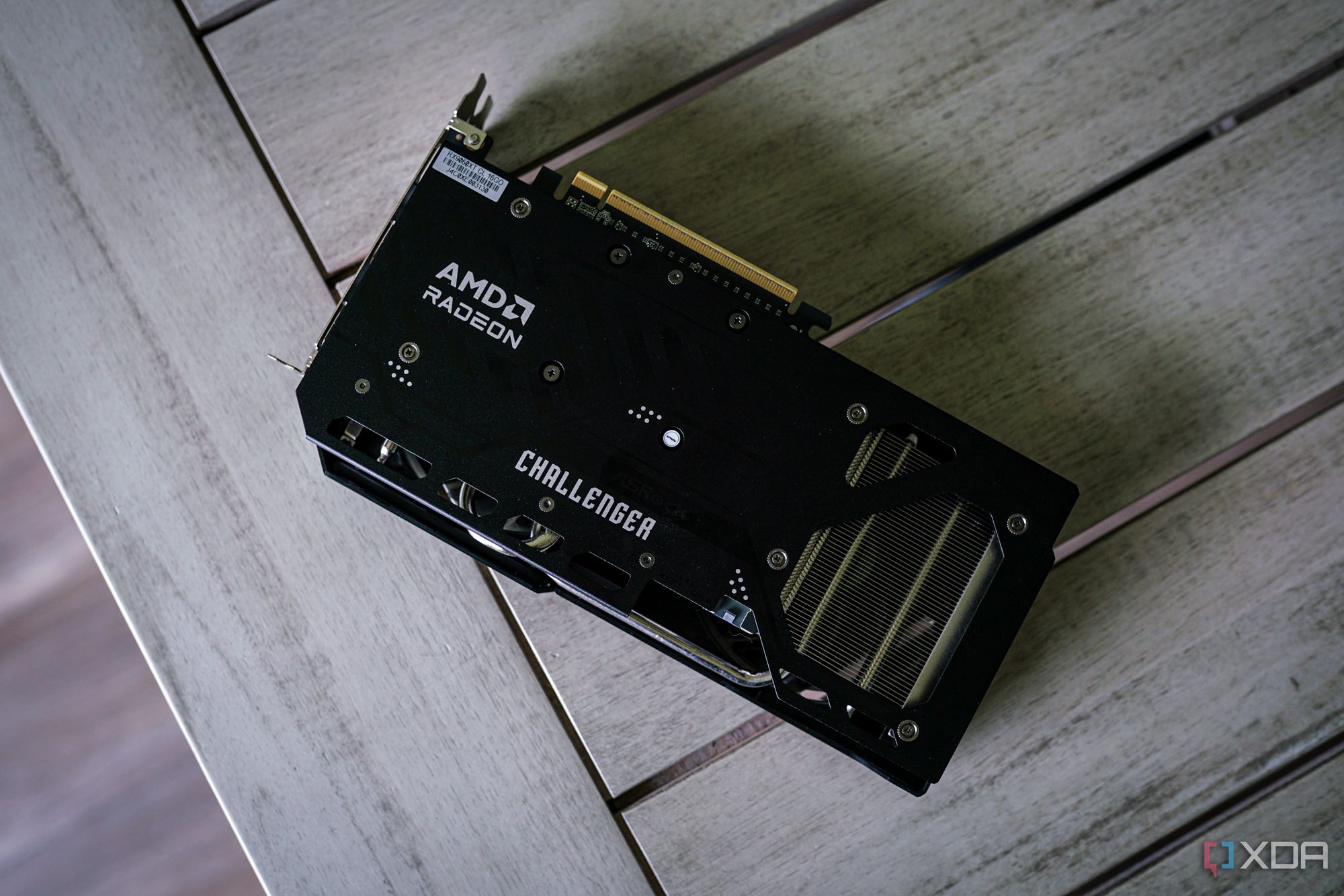
Related
Your GPU's PCIe generation doesn't matter — except when it does
PCIe 3.0 doesn't affect your GPU performance, unless you run out of VRAM
1 DDR4 isn't cutting it for you
DDR5 is cheap...for now
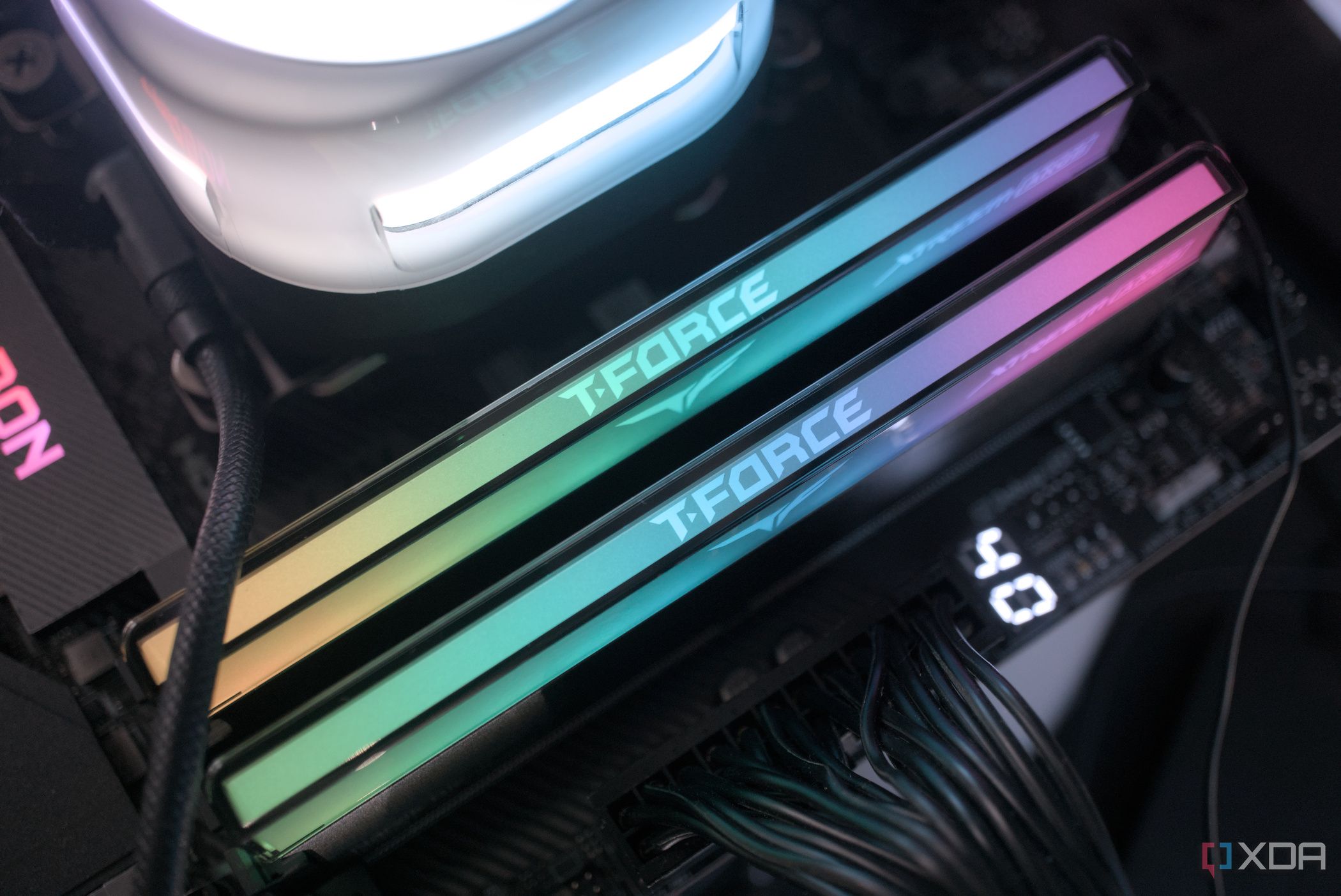
System memory has stayed fairly cheap over the last little while, but there's no guarantee that this lasts forever. If you are struggling with memory usage, now isn't just a good time to hop over to a new platform—it might be the best time. DDR5 is still relatively inexpensive, especially if you don't care about RGB lighting. Obviously, the jump in cost from buying new memory to also buying a new motherboard and CPU is great, but if there's anything we've learned from the last few years, it's that computer components being in stock at all is a luxury.
AM4 has been an awesome platform
AMD did a huge solid to the PC hardware community by supporting AM4 for as long as they have. The release of the 5800X3D so late into its lifecycle was incredibly impressive, and shows just how far a platform can carry you if it's well-engineered from the start.
.png)
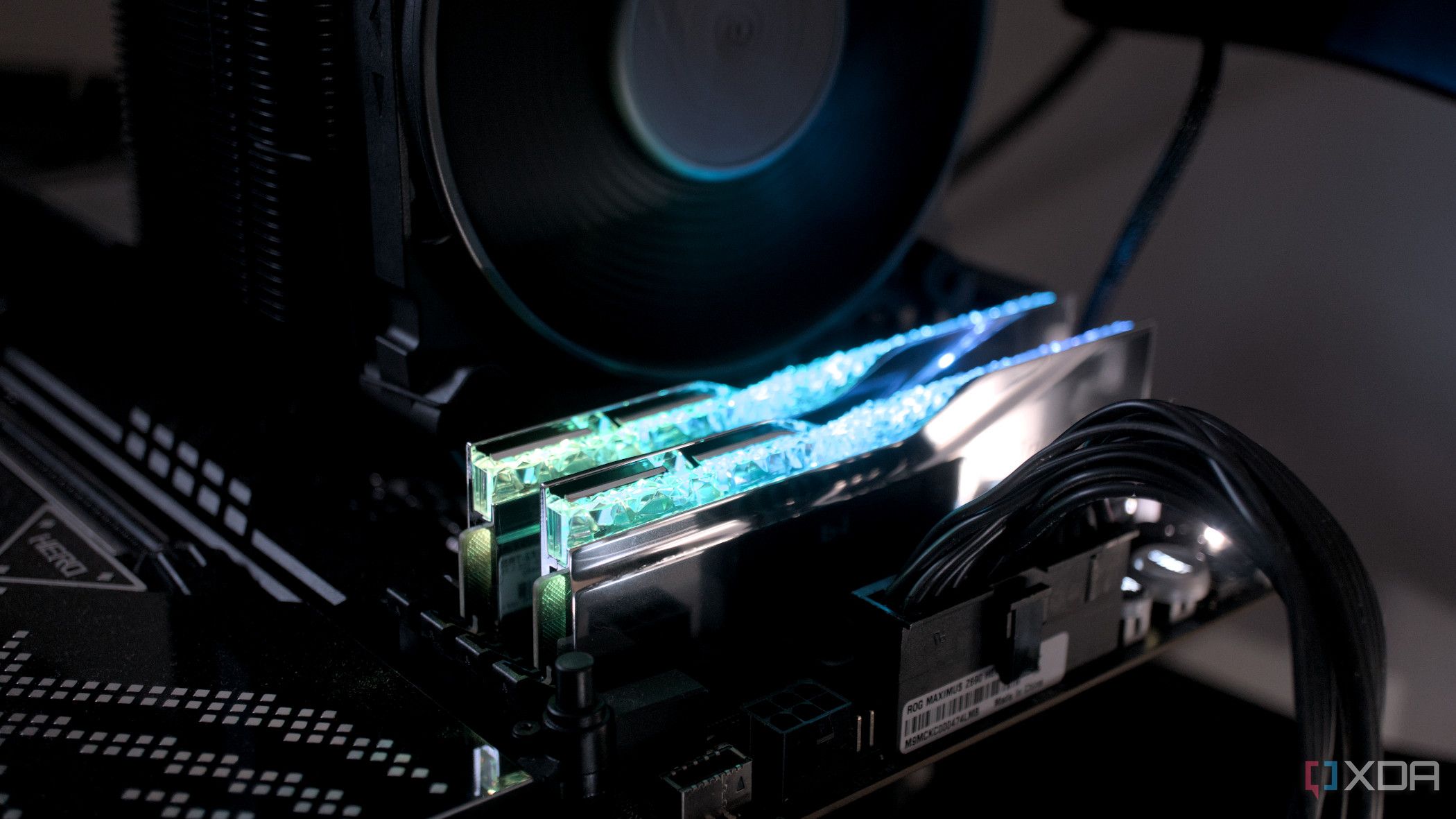










 English (US) ·
English (US) ·